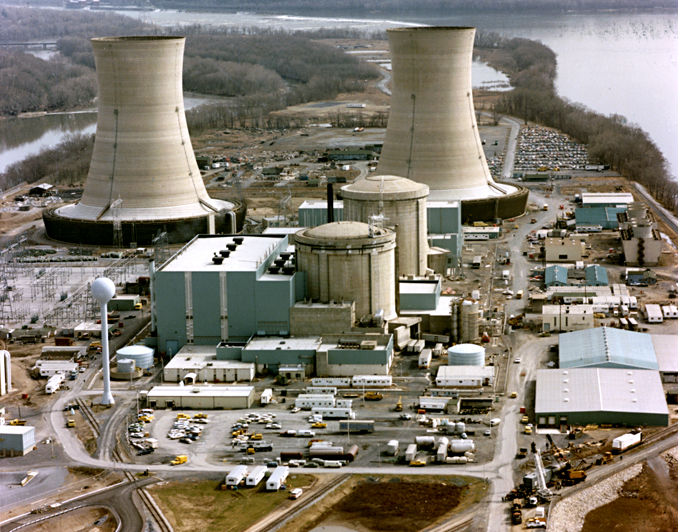I have blogged about a lot of nuclear accidents both large and small. I have often said that if there is one more major nuclear accident in the world, it could seriously damage the reputation of nuclear power. Politicians, investors and the public at large will be much less inclined to support the construction of new reactors. And, given the realities of the nuclear industry, it is inevitable that there will be another major nuclear accident.
There have been three major nuclear accidents in the past thirty five years including Three Mile Island in 1979, Chernobyl in 1986 and Fukushima in 2011. That averages out to about one about every twelve years. The number of accidents might be small compared to the number of operating reactors but each caused environmental damage. Two of them generated radioactive contamination that spread far beyond the country where the accident occurred. The cleanup of Chernobyl and Fukushima continue, absorbing billions of dollars and may never be completed.
I am certain that no matter what the nuclear regulatory agencies and nuclear corporations do, there will be another major accident in a few years. While I fully support the efforts of the regulators and manufacturers of nuclear reactors to make them as safe as possible, perhaps more thought should be given to what to do when an accident does occur. One major lesson from Fukushima is that the Japanese were ill prepared to deal with a nuclear emergency.
Currently there are one hundred and seventy six new nuclear reactors being planned across the globe. Over half of those reactors will be built in countries that had no nuclear reactors twenty years ago. If countries that have had nuclear power for fifty years and more have problems regulating reactor construction and operation properly, what chance do countries who are new to nuclear power have if confronted with a major nuclear accident? And it is not enough for the nuclear power industry to have plans to deal with nuclear accidents when the public is ill-informed and ill-prepared.
A great deal of the design of nuclear power plants has been focused on backups, emergency systems, passive response systems that require no human action, containment, and other measure to reduce the possibility of a core melt down. There are still calls for the nuclear industry to do more to insure that if there is another major nuclear accident, the radioactive contamination will not be allowed spread beyond the nuclear power station where the accident occurs. The nuclear regulators and manufacturers claim that the probability of a major accident is extremely low. There is a fear that preparations to deal with a major nuclear accident may have been insufficient because they are not supposed to happen. However, history shows us that however improbably major nuclear accidents might be in theory, they still happen and must be dealt with.
The bottom line is the bottom line. The cost of manufacturing nuclear plants that could contain any possible accident would be prohibitively expensive. On the other hand, a major nuclear accident is enormously expensive. This problem has no solution. Another major nuclear accident might well result in calls for additional safe guards that would make nuclear power uncompetitive. We have the choice of starting the phase out of nuclear power now or waiting until another major accident destroys the ability of nuclear power to compete in the market place. The longer we wait, the greater the cost will be in terms of lives and money.
Three Mile Island Nuclear Generating Station:
